Earth
Sign up for our newsletter
We summarize the week's scientific breakthroughs every Thursday.
-
 Agriculture
AgricultureMore than 57 billion tons of soil have eroded in the U.S. Midwest
Researchers discovered startling soil erosion rates in the Midwest. Farming has worsened erosion, but no-till practices and cover crops can help.
-
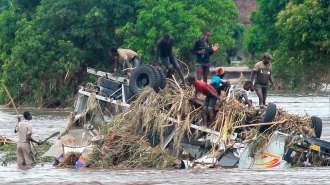 Climate
ClimateClimate change intensified deadly storms in Africa in early 2022
Tropical storms battered southeast Africa in quick succession from January through March, leading to hundreds of deaths and widespread damage.
-
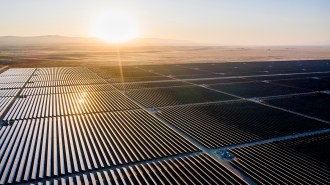 Tech
Tech50 years ago, the future of solar energy looked bright
In the 1970s, scientists and engineers were coming around to the idea of “farming” the sun’s energy on a large scale.
By Aina Abell -
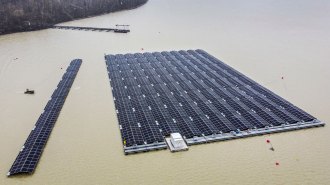 Climate
ClimateA UN report says stopping climate change is possible but action is needed now
We already have a broad array of tools to reduce global greenhouse gas emissions in half by 2030, a new report finds. Now we just have to use them.
By Carolyn Gramling and Nikk Ogasa -
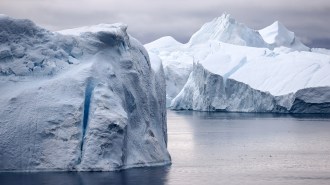 Climate
ClimateA global warming pause that didn’t happen hampered climate science
Trying to explain why global warming appeared to slow down in the early 2000s distracted scientists and shook their confidence.
-
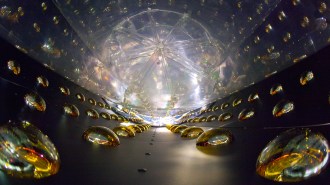 Science & Society
Science & SocietyHere are the Top 10 times scientific imagination failed
Some scientists of the past couldn’t imagine that atoms or gravity waves could one day be studied – or nuclear energy harnessed.
-
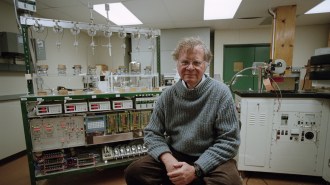 Climate
ClimateWally Broecker divined how the climate could suddenly shift
Wally Broecker’s insight into the shutdown of the great ocean conveyor belt spurred the study of abrupt climate change.
-
 Climate
ClimateForests help reduce global warming in more ways than one
Trees are often touted as bulwarks against climate change for their capacity to sequester carbon, but that’s just one part of the story.
By Nikk Ogasa -
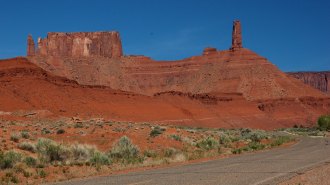 Earth
EarthHow climbers help scientists vibe with Utah’s famous red rock formations
Researchers teamed up with rock climbers to collect rare data that help them assess the seismic stability of red rock formations in Utah.
-
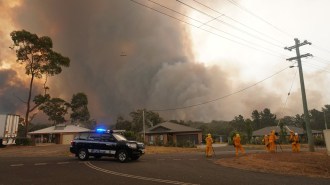 Climate
ClimateSmoke from Australia’s intense fires in 2019 and 2020 damaged the ozone layer
Massive fires like those that raged in Australia in 2019–2020 can eat away at Earth’s protective ozone layer, researchers find.
-
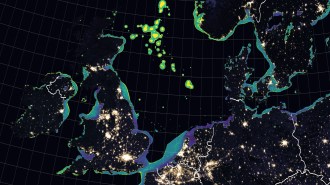 Oceans
OceansEven the sea has light pollution. These new maps show its extent
Coastal cities and offshore development create enough light to potentially alter behavior of tiny organisms dozens of meters below the surface.
-
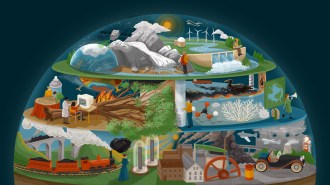 Climate
ClimateHow did we get here? The roots and impacts of the climate crisis
Over the last century and a half, scientists have built a strong case for the roots and impacts of human-caused climate change.